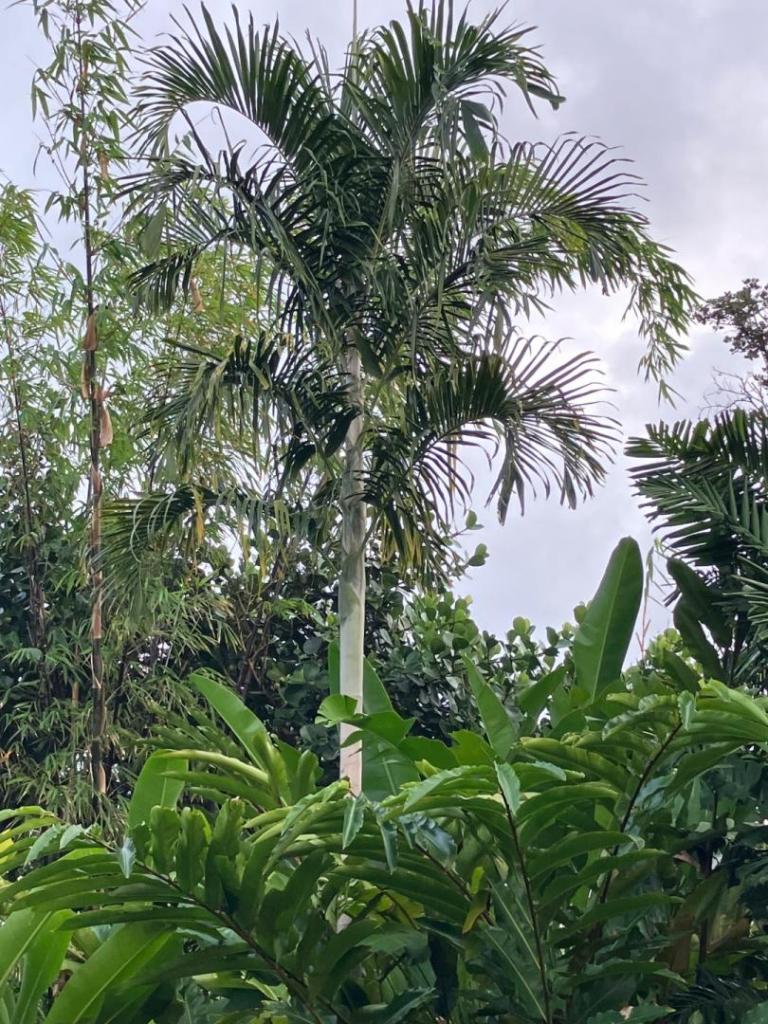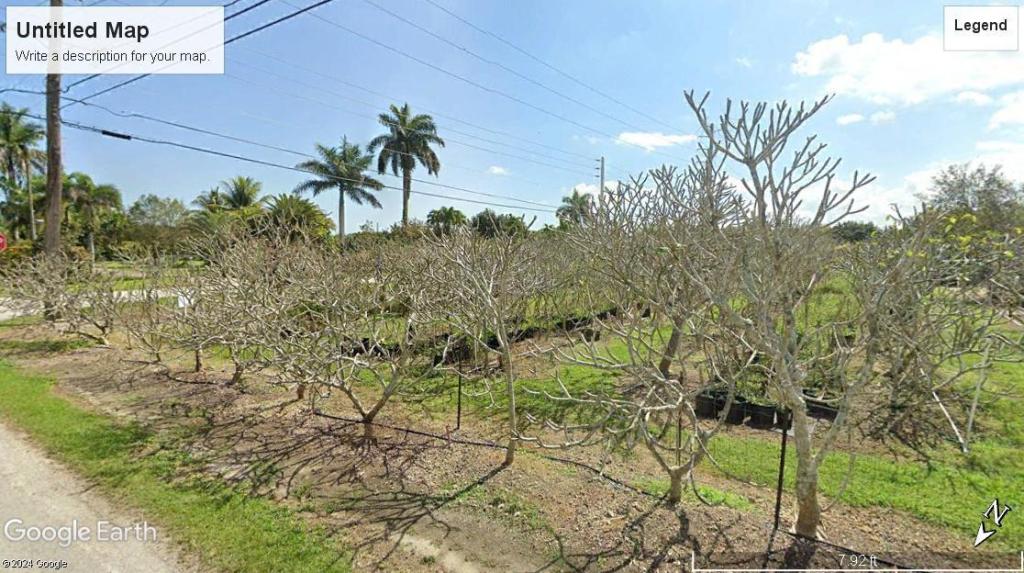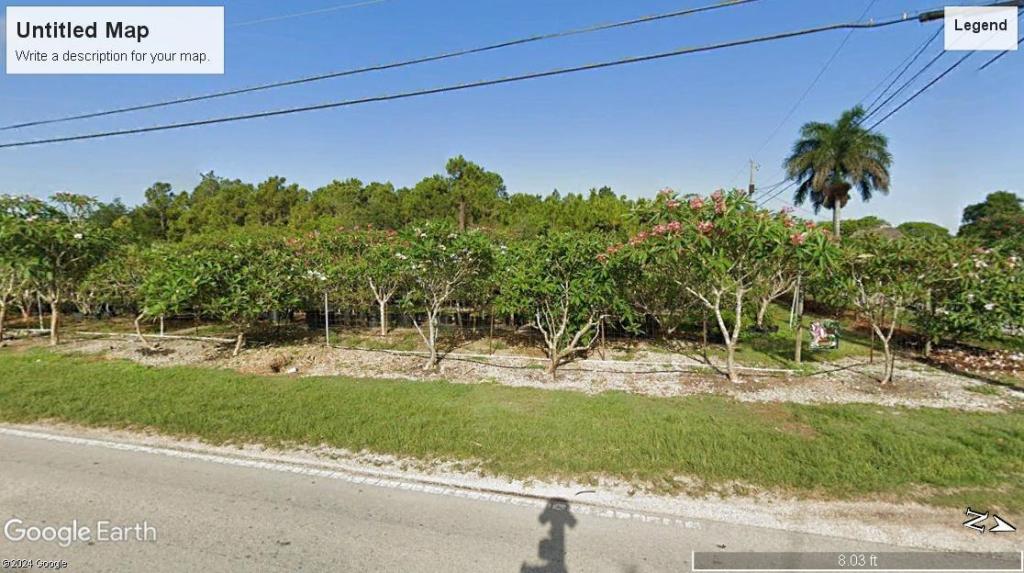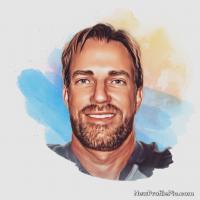Leaderboard
Popular Content
Showing content with the highest reputation on 10/24/2024 in all areas
-
Fall Update III - Chrysalidocarpus Corner et. al.. Chrysalidocarpus prestonianus: The twin on the left was getting one of those weird fungal infections. It received a Banrot treatment that seems to have wiped the fungal issues out. If you have a palm starting to show fungal issues, this might be a good way to stop it in its tracks. Chrysalidocarpus pembana Chrysalidocarpus cabadae Chrysalidocarpus lanceolata Chrysalidocarpus leptocheilos: The newer palm has a better location and is outgrowing the older specimen. Chrysalidocarpus decaryi Chrysalidocarpus lutescens Satakentia liukiuensis Hyophorbe lagenicaulis Hyophorbe verschaffeltii Chambeyronia oliviformis Archontophoenix cunninghmania: The may drought nearly killed both of these. One is OK, the other is 50/50 on ultimate survival. Howea forsteriana: The drought hit these, but not as bad as I thought consistent temperatures over 95F with no rain would do. You can still see drought damage on my quadruple clump and the smaller seedling right next to them, but they are doing well considering the circumstances. Licuala grandis Allagoptera arenaria: This one is back to flowering, although it is hard to see in the photo. Cocos nucifera 'Green Malayan' Container Photo #1: From front to back, Phoenix theophrasti, Medemia argun community pot, and Hyphaene coriacea. Container Photo #2: The outside rack holding Veitchia arecina, Dictyosperma album 'conjugatum', a recovering Frankenbrahea, Livistona saribus, Kerriodoxa elegans, and a few other gems. Container Photo #3: A few more Medemia argun and Hyphaene coriacea babies. Container Photo #4: A few Jubaea chilensis seeds and Hyphaene coriacea seeds. As you can see in the middle cup, Hyphaene doesn't mind sprouting with no medium around it. Probably two more updates coming. With the hurricanes, it's been a lot to clean up sections of the garden.7 points
-
Here it is in the ground, with and without the little shade structure I made for it. Hopefully this will keep it happy for a year or two, after which I hope it won't need it. Number of palm species in the garden is up to a dozen, not much I know but I'm working on it. Thanks again @Darold Petty and @Jim in Los Altos for the inspiration.7 points
-
Another rare palm gets planted in the garden adding to the collection. Cool tolerant surviving winter without any problems. Palms from Thailand do well in my climate so I cannot see this one being any different. A great understory palm to have in the garden with its silver underside coloured leaf and unusual leaf shape should add a touch of tropical look in the garden, even as a seedling it looks impressive with its deep green colour.4 points
-
I looked for a good example of this subject on this forum but found none so I thought I would help document the speed of the ever popular queen palm. There have been many comments over the years on how fast this palm is and there's an excellent example from an old thread from the main forum. I'll follow up with what I have experienced here in the RGV of deep south Texas. Purchased this palm as a 7-gal with approximately 9' overall height in spring, 2023. Here it is a year and a half later in October 2024 with the container next to it for scale. It's approximately 13' overall height now - roughly 2.67' per year! The base has really beefed up too.3 points
-
@Merlyn: The Satakentia is under oak canopy and gets all day dappled light. They grow fine under those conditions. @D. Morrowii: Appreciate it! The cleanup pile just got hauled away today, so there is a big hole in the front yard to fill in with dirt... from somewhere. @flplantguy: I have a feeling you'll enjoy growing them. One thing they tend not to like is changing light levels. @mnorell: I appreciate you weighing on on the coconuts. Certainly, it was good to have someone point out that was I had labeled on the pot as a Butia was actually a stray Roystonea seed all of those years later, with time for me to move it further away from the house. The "Fiji Dwarf" has been the topic of at least two other conversations as the form look more like a Malayan than a Fiji Dwarf. The first person to say it didn't look like that particular variety was @Plantking165 during a garden visit. Time will tell, but I suspect you are right. It was purchased at Premier Growers in St. James City. You may be right about the others as well As for the history of all of the coconuts, the "Atlantic Tall/Jamaican Tall" and the "Panama Tall" came from Calusa Palms Nursery by request for those varieties. There's certainly no harm in @Zeeth or others jumping in and stating an opinion. To make the Panama Tall look-over easier, here is a recent close-up photo of the petioles: With the CFPACS 2024 Fall Meeting coming up, I only had time to clean up one set of plants, so a mini-update with the Latania lontaroides between the Carpentaria acuminata twins.3 points
-
3 points
-
I wouldn't really call it a garden, but I'm semi-experimenting with palm trees in El Centro, CA, in the Sonoran desert. I don't have any land, so am planting them at one of my works and unfortunately it is under construction and irrigation is frequently cut off when I'm out of town and I return to many dead palms. It's very frustrating. Anyways, I've had fun experimenting with palms, and have unfortunately had many untimely deaths due to irrigation being cut off or getting run over by construction machinery. I'd like to highlight the African oil palm, however, and ask if anyone else has tried them in California or Arizona. This palm is 2 years old from seed. It has spent one summer and one winter in a pot and one summer and one winter in the ground and has been tolerating FULL SUN from noon to sunset on a west facing wall without any issue! I am so shocked. It is frequently 120 F here.2 points
-
A tree that’s native to my area and also in my garden. The old man banksia May Gibbs wrote about them in snugglepot and cuddle pie. A plant that needs fire to regenerate. They can actually catch fire with heat from a bush fire 20 meters away bursting into flames creating spot fires. A beautiful tree with an amazing flower slow growing to reach a decent size. A true Australian beauty.2 points
-
Acquired a few years back as H. chaunostachys, which has now been renamed H. ledermanniana. Fast grower and becoming a beautiful palm with arching leaves and grey/white elongated crown shaft. The origin of this palm came from mother plants on the Kona side of the island with seed originally collected years ago on Papua New Guinea. Tim2 points
-
2 points
-
2 points
-
2 points
-
2 points
-
2 points
-
I will "third" the opinion on the Jungle Jack's plants, I don't know why on earth they put everything into that peaty mix. Growing Plumeria in such a mix, especially through the cool/cold seasons, requires very controlled conditions in regards to watering (i.e., in a greenhouse with very sophisticated moisture metering; or just no water at all of course if they are defoliated). I can only assume they want everyone to "come back for more" next year. Similar to the way growers present Adeniums to the world in what invariably will become a soggy, peaty mess...the cure being exactly what Nathan says above, carefully hose off their peaty mix, and re-set the plant into a very chunky/gravelly mix of pumice/perlite, sand, LECA, coconut-coir chunks (not fines) or similar. I have lost quite a number of JJ plumerias and I assumed it was because of their bad mix but could also be because of what Josue notes above in terms of inadequate rooting. That is very, very frustrating for a premium-priced plant.2 points
-
Yeah, to check for spear pull just tug lightly upward. Don't yank on it. If it is solid then maybe the old fronds were twisted up in the storm. A direct downward gust could split the frond bases all at once...thus they all browned and died at the same time. I would mark the spear leaf and adjacent fronds horiztonally with a sharpie. If it is growing vertically an inch or so on a regular basis then it has a chance. If the spear isn't growing after a few days then it's probably already d-e-d.2 points
-
2 points
-
@t76turbo welcome to PalmTalk! I don't see anything in the picture that looks like Fusarium, do you have any photos from a week or so ago? There are a number of diseases that can kill Mules, but generally not that fast. Fusarium is usually easy to spot on Mules, Queens, and Washies. One half (the left or the right, randomly) will just die...really fast. But it's almost always one-sided death, and very rarely will it be evenly distributed along each frond. I had one Queen die from Fusarium a while back. I was out in the yard and my wife walked out and said, "Why is half of that frond dead?" This is what it looked like: You can see one side is completely dead, and the other half is just starting to die. Here's the thread I posted on it: One important thing to note is that Fusarium Oxysporum v. Canariensis is different than Fusarium Oxysporum v. Palmarum. Palmarum kills Queens and Washingtonia and some Mules. Canariensis kills CIDP and apparently infects other Phoenix but doesn't kill them...just makes them kind of unhealthy. So if some of the fronds had that 1-sided death it's 100% guaranteed Fusarium and you should cut it down and dispose of it asap. Other possibilities are: A serious root rot issue - generally doesn't happen that fast. It might just look bad for years. Drowning in hurricane water probably wouldn't be that fast either. Ganoderma - can kill pretty quick too, generally affects the lower trunk and sometimes there's a visible mushroom shelf-like conk on the side. Sometimes there's no visible effect until you cut the trunk in half and see a big discolored area. Thielaviopsis - infects the upper trunk area, can also cause rapid death. Lethal Bronzing - can cause rapid wilting of leaf tips first followed by the whole frond. This is known to kill Butia and Queens, but to a lesser extent than Sylvestris. I've seen batches of Sylvesters die from apparent LB with Queens and Pindos in the middle unaffected. Wind-related damage - if the trunk is somewhat "loose" or wobbly it could have cracked the RIZ (root initiation zone) growing plate off the trunk, or severely damaged it. Likewise the upper part near the palm heart is sometimes damaged by heavy wind. That'll kill a palm really quick too. With the looks of the one in the photo, I doubt you can do anything to save it. Figuring out the cause of death is useful to avoid spreading a disease...if it is one. It may just be one random monster gust of wind that hit that palm the wrong way. If it's Ganoderma then replacing it with another palm in the same spot might be futile. Supposedly Thielaviopsis and Fusarium are floating around in the air all the time, and generally infect freshly cut wounds...which is why usually you avoid cutting fronds off early. Lethal Bronzing is primarily spread by leafhoppers, nothing to do to avoid infection other than choosing a resistant species.2 points
-
I can believe that if there was a good amount of snow on the ground. I have seen a good number of sabal minor and birmingham survive below 0F temps when there is snow cover. Everything above the snow is burnt to a crisp, while the snow insulates the growth point at or below snow line.2 points
-
Welcome to PT . I am sorry to see that in such a nice palm. I have no idea about what the issue is but I can say that I doubt it is moles. I have moles that mess up my flower beds and even on freshly planted small palms but they have never caused any issues with the palms. They are more of a nuisance than anything else. I think they eat insects like grubs . Harry2 points
-
Ok , my turn . The C. Macrocarpa I have is growing in full , hot sun so the red isn’t as impressive as shade grown ones I’ve seen. I brought this home from Maui as a small seedling many years ago. When it was young it had shade but now it has to tolerate sun. It was 87f today when I took the picture. The red will only last a couple of days . I get 3-4 fronds a year. Harry2 points
-
Enjoyed my day off from work, wife put me off the leash so I drove to some locations here in San Antonio including a park called Ladybird on the Westside. Sad to see gangs and homeless people have no respect for mother nature. I took a few shots and got out of dodge quickly. Some other pictures were taking at the zoo and tea garden , some others in and around SA. Some pictures were put up recently from other PT members2 points
-
2 points
-
1 point
-
Today, we have posted to the SFPS website the preliminary list of palms and cycads for sale as submitted by vendors. It is not yet complete. but I thought it best to post what we have received so far. We will have an abundance of common, uncommon and very rare palms and cycads for sale.1 point
-
It is in shade getting shaded out slowly more and more each year. Your technique I have done with smaller palms not one this size could be worth a try. I do t think cold is the culprit. Over the years I have lost a few palms to disease. I guess that’s gardening.1 point
-
I see my Acoelorrhaphe wrightii has finally started to develop trunks, sort of, after years in the ground. It's sheltered in the shade of a Sabal. It attempted to bloom this year but the inflorescence was not successful. It's among my least favorite palms to prune as the petiole thorns are always ready to 'attack' the unwary. 😬1 point
-
The satakentia looks great! They all do but that one is making me excited to see what mine will be. Gotta do an update myself after building the greenhouse, thanks for the reminder!1 point
-
Kinzy, you might want to get some third-party opinions on your coconut types...I may be wrong but I see at least three that do not look (to me) like the forms you state: - Atlantic/Jamaican Tall: this doesn't look quite right to me, the leaves are not as "oversized" as is typical of this form, and in your most recent photo I notice the bole is not very large. An outsized (massive, even) bole is a very notable feature of the Jamaican Tall. It is also rather slow growing when young, sometimes frustratingly so. Yours may be a Jamaican, but just a little off-type...perhaps an outcross (e.g., PanJam). Hard to know for sure because cultural issues can really impact the appearance, of course, and because of that I am the least confident in thinking this is something else. - Panama Tall: the palm you show has very deep orange petioles/midribs, and this is most certainly not a feature of this variety. The coloration of the petioles should be caramel to greenish-caramel, biasing toward a deep olive green on a mature tree. It also is the fastest growing coconut I know of, and about as bulky as a Jamaican, just slightly smaller. I have a feeling yours could possibly be a Red Spicata. - Fiji Dwarf. I'm pretty sure this is not what you have, unless it is particularly stretched in shade. This type has a very squat habit, with very wide leaflets, spaced quite tightly, and rather short leaves with very little petiole. Leaflets are held mostly horizontal (the leaves are without the famous coconut "twist"). Yours doesn't show any of the characteristic features of this type. I grew one for years and know it very well, so I have a pretty high degree of certainty that this is not what you have. Note that it might be the seed of a Fiji Dwarf, but this type is notorious for outcrossing, so you might just have a cross between it and another type. @Zeeth Keith Zimmerman is a master of Cocos I.D. here on the forum, and perhaps he can weigh in. I very much defer to his wisdom and experience, and I can certainly be wrong...but just wanted to alert you that these had red-flag elements in relation to my own experience with these forms. The world of coconuts is very mixed up in Florida, and there are all sorts of crosses floating around. It never hurts to get multiple confirmations, to avoid any disappointment in the future when you realize you were growing something other than what you thought you had.1 point
-
We have a mature palm tree in N. CA that until recently had the old leaf bases/boots around the entire trunk intact. Recently, squirrels have invaded the tree and seem to continue knocking the upper “boots” off the tree to create high ledges for nests, which has created an unsightly mess. I think we now need to skin all the old “boots” off the tree to prevent rodents from nesting in and damaging the tree. i have received conflicting opinions from local tree care providers about whether and how to do this (possibly using saw to trim boots vs. removing by hand, etc.). I am interested in opinions and info. about this. Also, I’m wondering what type of palm tree we have (pics attached showing current condition of tree). Thanks for any guidance.1 point
-
Some palms who have spear come back but in this situation.. I dont know.1 point
-
I think a good explanation is wind damage to the heart if it happened after Helene and Milton.1 point
-
Another thing to note that mule doesnt look very "Mule" Like on the trunk area it looks very sick on the trunk part too which is concerning i think its already dead any new growth thats green on the top? spear pull? Try and pull the newest frond "Spear" and if it doesnt its probably still alive if it pulls well less chance that its alive still.1 point
-
I got an early start with a shelter today while the weather is still decent. The base is in place year round and it's the frame and panels only that need to be installed. The mini incandescent lights, thermo-cube and circulation fan will be installed when needed. I'll place the half panel in only during periods of cold wintery weather.1 point
-
Dent Smith famously kept this species alive for many years in his garden in northeastern Florida. There is a perception that it is very tender, but it is hardier than a coconut, if Dent Smith kept it going for that long. So I don't think it's a stretch at all that it would survive in California. I haven't seen plants or seeds for sale and so I haven't tried it myself, though I have certainly been tempted. Your results certainly look encouraging, with that deep green color in full sun in the desert. Maybe I will start looking again more earnestly.1 point
-
Keith, the hybrid is a fantastic palm and much more cold-hardy by most reports, including Jeff Searle's direct experiences...he not only grew many of these for sale but has at least one on his property I believe. I bought one of these from him and it was planted in our driveway not more than 20 feet from my nice C. renda that died in Irma. The hybrid, which grew at a far faster pace than C. renda, and though quite damaged in the hurricane and saltwater inundation, actually held on for about a year before finally giving up the ghost. I think I could have saved it if I had flushed it with more fresh water. That hybrid is I believe a hybrid between C. renda and either C. elegans or C. glauca. There are multiple threads here on PalmTalk discussing those hybrids. If I remember correctly Jeff Searle may have acquired his stock from Thailand, and Jeff Marcus also sold small plants for a while, and I think that he told me at least some of those came from a specimen at the late Pauleen Sullivan's former property in the Puna district (Hawai'i Island), where the hybridization was either intentionally or unintentionally performed from a neighboring plant(s). Sadly that spectacular garden was buried under several stories of lava in the 2018 eruptions, so that, I expect, is at least part of the reason the hybrid seems to have disappeared from the trade. I'm not sure if either Jeff Searle or Jeff Marcus are propagating more via division from their own plants, but I wish they or someone else would, since it would really expand the usefulness of this incredibly ornamental genus in Florida (also perhaps in the warmest parts of California). I also wish people would try some of the other species in the genus more often...even though they don't have the showy colors, they are beautiful, elegant palms and I think worth trialing for cool- and/or cold-hardiness. Jeff Marcus does occasionally sell seedlings or small plants of these "green" species.1 point
-
1 point
-
1 point
-
Jim, Jeff Marcus told me recently that the majority opinion on at least a few of these more recent name-changes may be shifting back to using older names (e.g., resurrecting Veillonia alba in rejection of the 2008 sinking of that species into Cyphophoenix). Bill Baker and Jean-Christophe Pintaud had done the major 2008 revision and you can download that full paper as published in the Kew Bulletin here. So perhaps not such a detriment to use Don Hodel's slightly older book after all, if you're willing to do a little back-and-forth between publications to see where current opinion is leaning...and as an additional cross-reference you can find a list of the somewhat altered genus/species names opined by the authors of the newest (2024) phylogenetic analysis in this very recent study.1 point
-
How does the stem feel, particularly closer to the base?.. Looks like it could use a light drink ( water along the inside edge of the pot. Don't soak the entire rootball ) Unless you can keep it warm enough / provide the 8-12 hours of light / humidity that stimulates growth, it will drop remaining leaves / go completely dormant. Providing both does not guarantee it won't drop it's leaves either.. A winter nap Is natural for all Plumeria rubra cultivars < what you have > . All mine have another ..3-5 weeks or so before i'll start stripping any plants that try to hold onto their leaves to force them to take a nap.. Favorite Plumeria grower's nursery in Feb. '23. Located in Homestead ( Note the Coconuts peeking above the nekked Plumerias, ..below and to the left of the taller Royals ) Same grower's nursery in May. While dormant / asleep, apply only enough water to keep the stem firm when they start to look really thirsty, and only apply along the inside edge. I might water any plants i bring indoors thru the " coldest " part of our winter once every 6 weeks ( once or twice before they go back outside in late Feb / early March here ). 1st year seedlings are the only size plants you'd want to water a touch more this time of year. After their first year, they should be treated like regular plants ( Allowed to go dormant / watered very lightly -if at all- while taking a winter nap ) From the looks of the soil mix in the pot, curious if this may be a JJ ( JJ = Jungle Jack's ) Cultivar.. Soil mix seems to be particular to their plants. At least here, Plumeria offered by our local Lowes / HDs that come from other growers like V&P Nursery are grown in a different looking soil mix ( Usually really heavy in Peat ). Regardless, aside from this time of year / grower they came from, i'll remove them from / rinse away the majority of the " growers " mix since it often contains too much Peat Moss, and repot into a " sharper " / better draining soil mix i make myself, ...that amounts to a total of 70-80% in in-organic soil components ...like Pumice ( avoid Perlite like the plague myself ), Turface MVP, Small Lava Cinders, ..and / or sifted-to-size Granite Grit i collect from local washes. Only " organic " soil ingredient / component i add to my mixes is Cocopeat ...and maybe a handful or two of crushed up dried out leaves. I may experiment w/ adding some chunkier Coconut husk to my soil mix for a couple new additions next year to see if it helps retain moisture just a touch longer. I may have to water a touch more than if i used a " heavier " soil mix, thirsty Plumeria cultivars, and during the worst portion of our summers esp. but i've yet to have any significant issues w/ stem / root rot since going really chunky / gritty soil mix wise. Chunky soil mixes breathe and typically don't stay waterlogged, unless heavy in fine sand ( which can retain a ton of moisture ). Absolutely NO fertilizer this time of year.. Greatly slowed down / Dormant plants won't utilize any nutrients applied anyway. Main focus this time of year = Keep an eye on the stems, but, Let em rest. Once it is warm enough to put back outdoors, then it is time for a light application of fert as they start showing signs of waking up. Is the only time i apply a dose of -any- Phosphorus to potted specimens. In-ground plants don't need any. Remember too that for healthy Plumeria, you'll apply 10+% K or Sul-Po-Mag 3 or 4 X's /yr. ..In pots, or in the ground.1 point
-
Paul, First off, it was a pleasure having you two to the garden! Perhaps try a Chambeyronia in a spot that receives some sun. Maybe adjacent to a south or west facing wall. The picture below is one of my young ones this past January opening a new leaf in the winter’s cool temperatures. Most of my twelve flamethrowers produce three new fronds per year. The slower ones, 1 and half to two. It’s worth a try.1 point
-
Thanks. I just started watering mine more . It is in a dry , sunny location so I may just mulch around it and treat it like most of my others. Earlier this year , as I said , it looked like it gave up after just lingering for so many years . The first few years it looked good so I will add some fertilizer to the mulch although winter is coming , we still get days in the low eighties here. Harry1 point
-
1 point
-
I am unsure of the species but they seem to have naturalized in this brush , its all undeveloped but its really the only area i see these palms growing wild like that. The whole area on its own seems to be more of a forest than the usual brush country that surrounds the town. No mesquites or huisaches but instead those palms, ash trees, and sugarberries which is very strange. I assume its somewhat of a flood plain as the area seems to always be more moist than its surroundings . There are also larger palm specimens and a lot of young ones sprouting aswell. Bonus wildflower?1 point
-
I planted this palmetto as a seedling about 1979-80 at my parents home in Mocksville, NC in USDA Zone 7b. It has never been protected nor fertilized. It survived the severe freezes in the mid 1908s, but the bud was still underground at that time. The first photo is the palmetto in May, 2018, after the severe winter of 2017-18 in which there were approximately 8 days in which the temperature never exceeded 32F. I'm not sure what the absolute lows were but they were probably in the mid to upper single digits. The fronds were burnt, but not the petioles nor the bud, both of which which remained mostly green. It does have a southwestern exposure with a light, deciduous canopy above. The soil is loam clay typical of piedmont NC. The second photo was taken on December 21, 2020. It has taken better than 2 years to fully recover.1 point
-
I’ve always wanted one of these palms. Ever since I saw them at Balboa Park in San Diego, Harry1 point
-
1 point
-
1 point
-
1 point


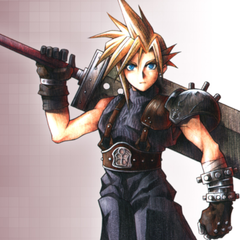
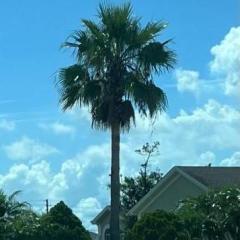






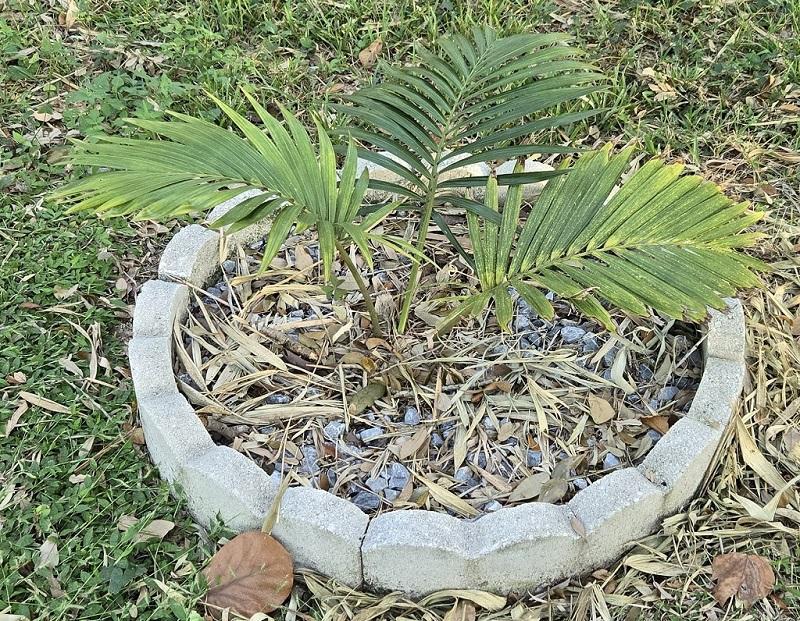

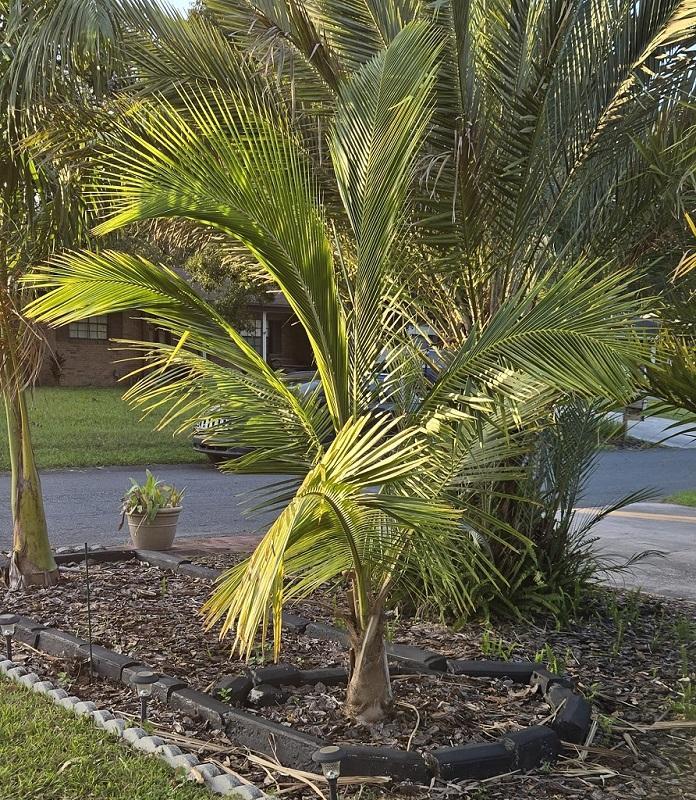


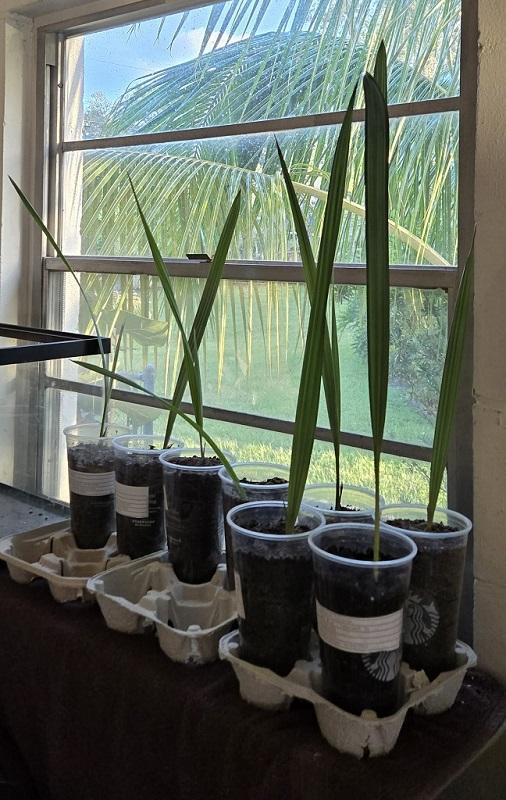
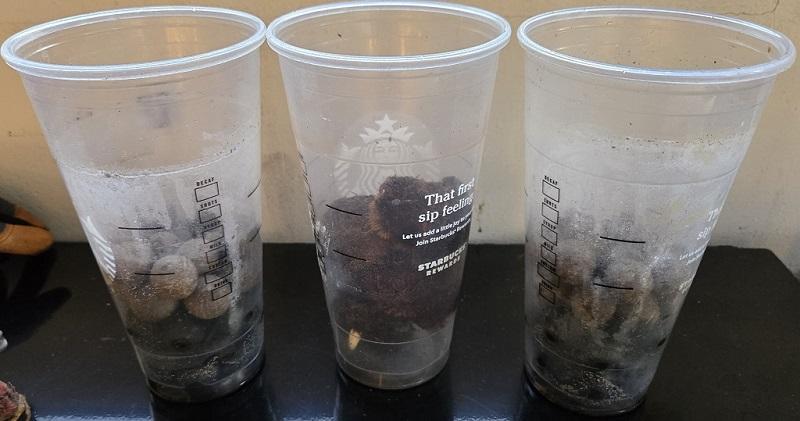

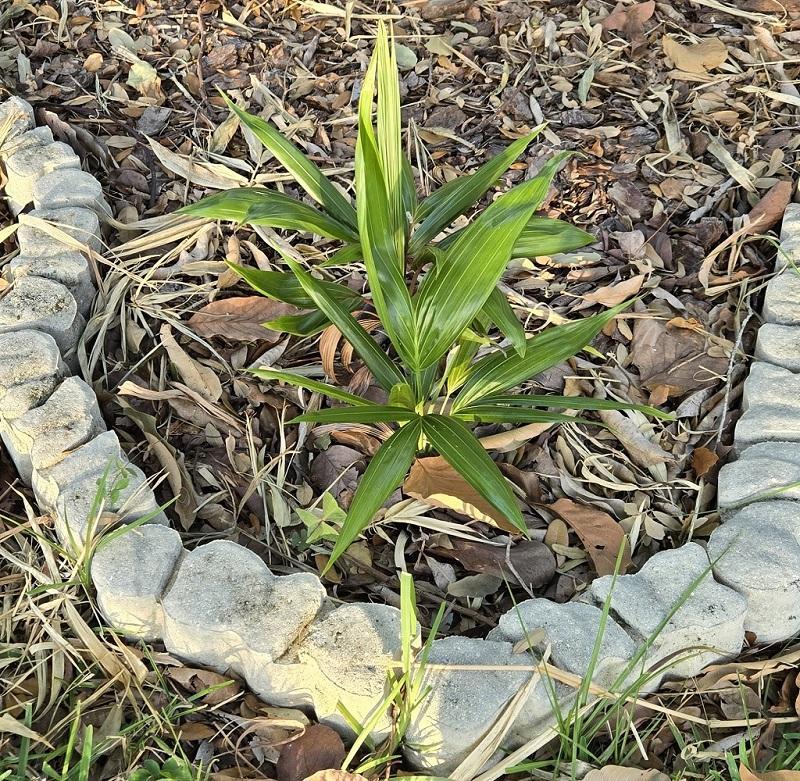






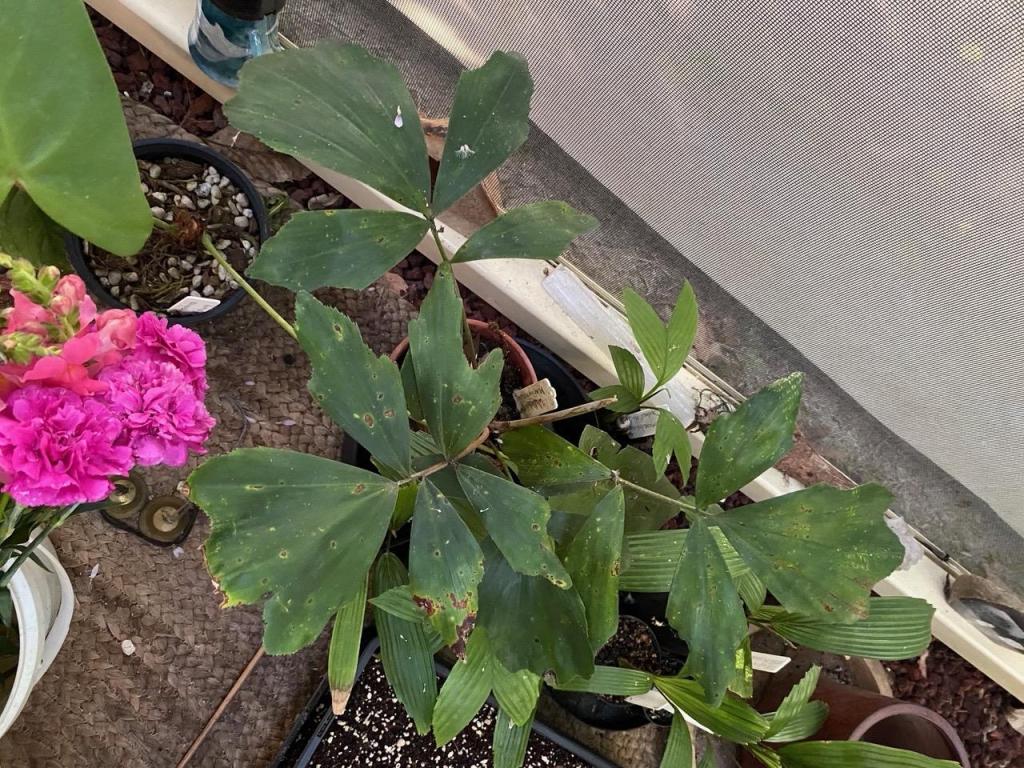
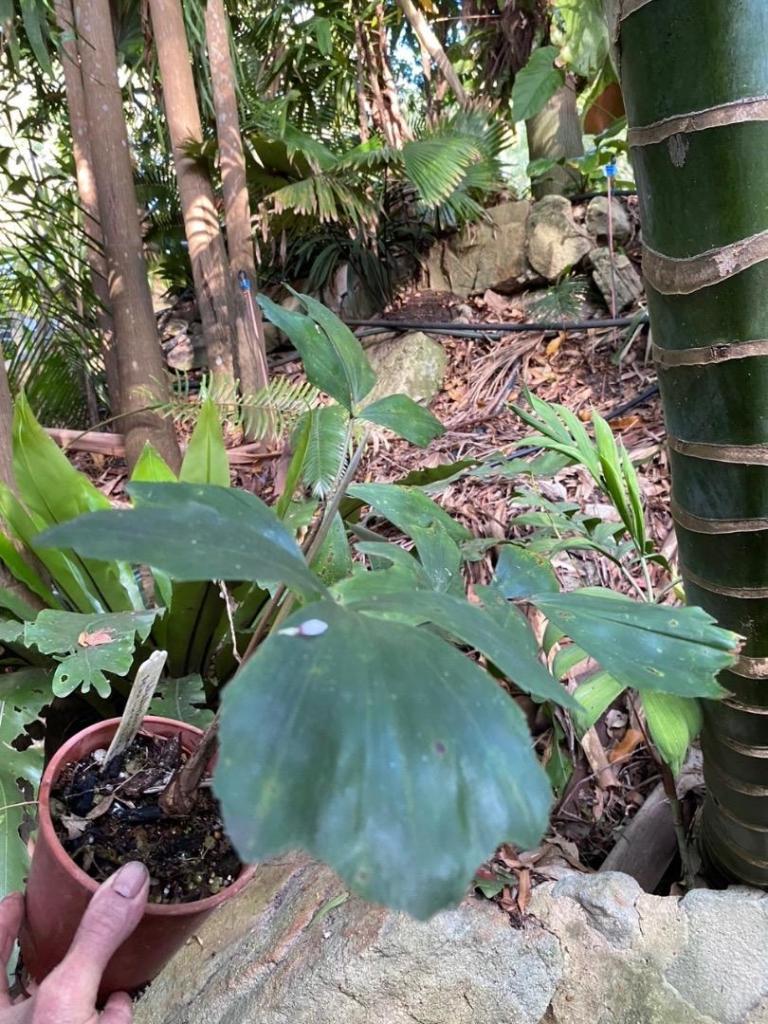




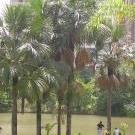




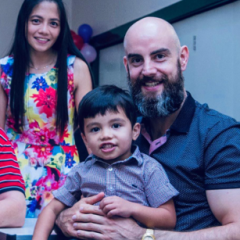

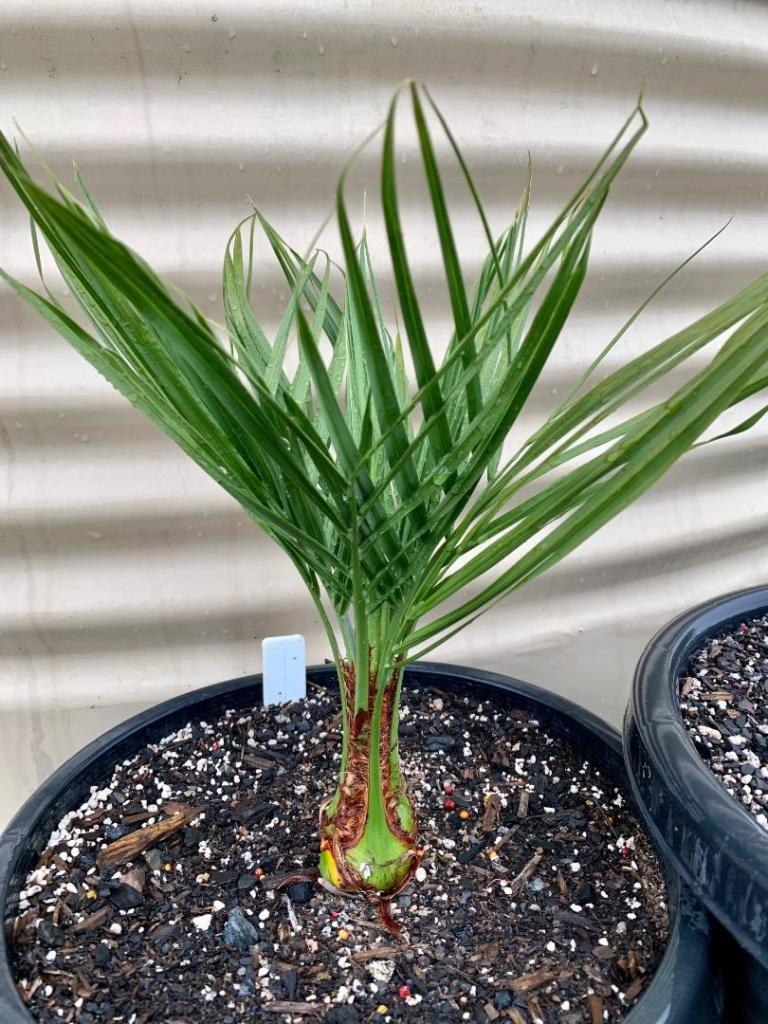

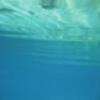
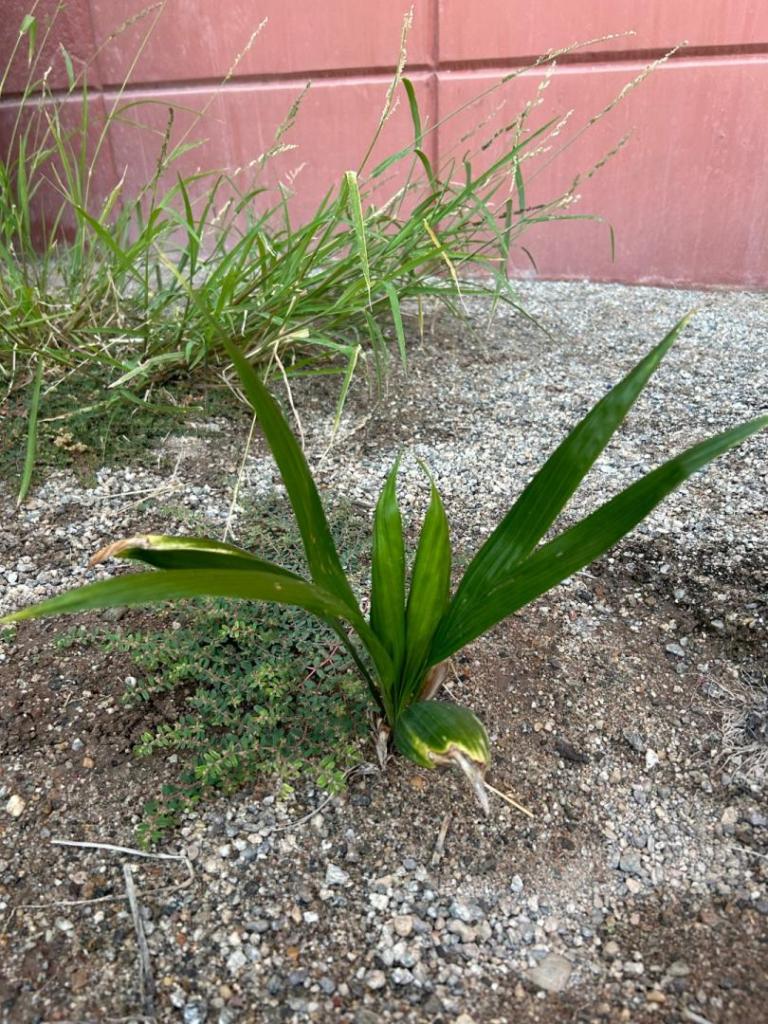
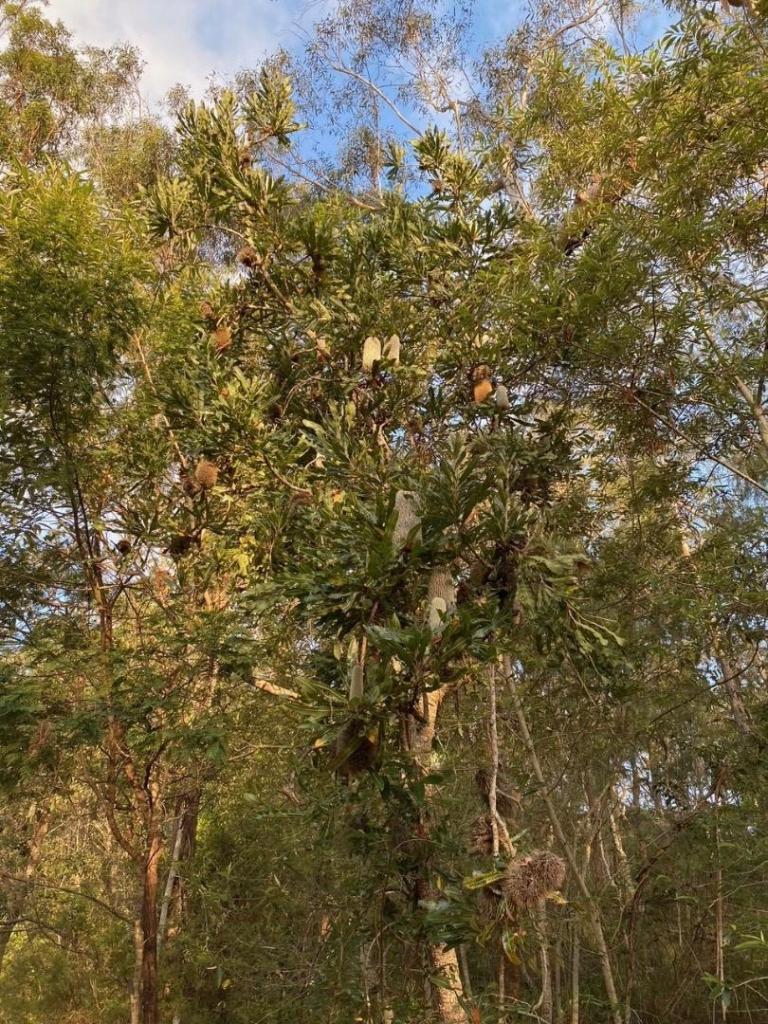
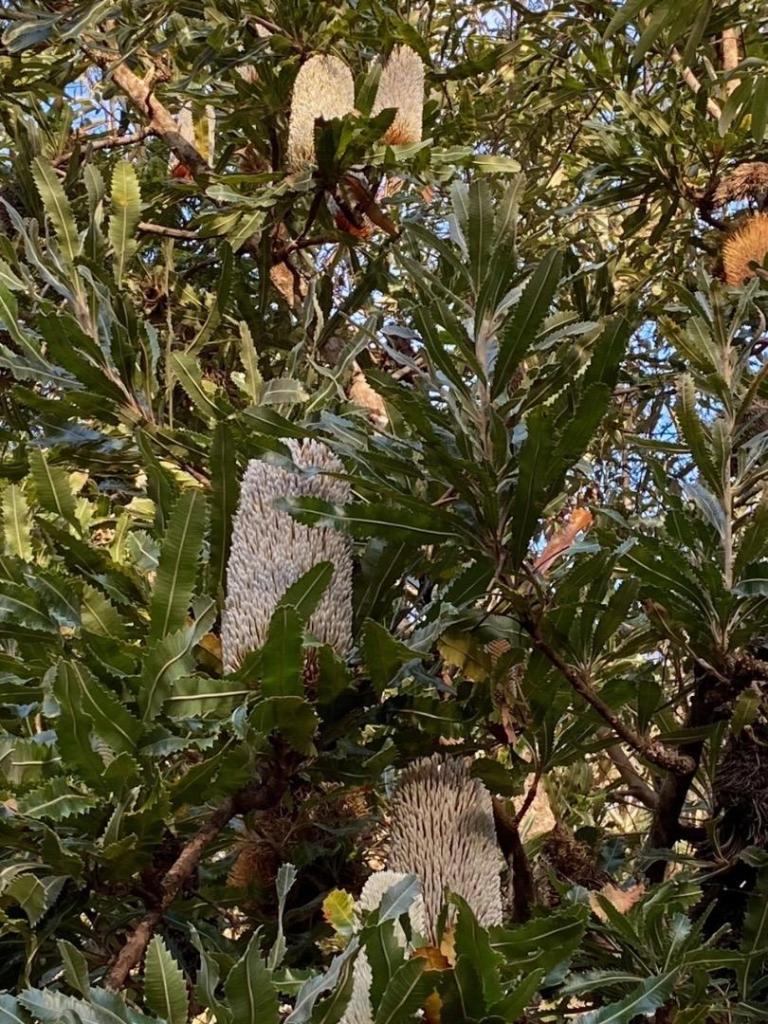



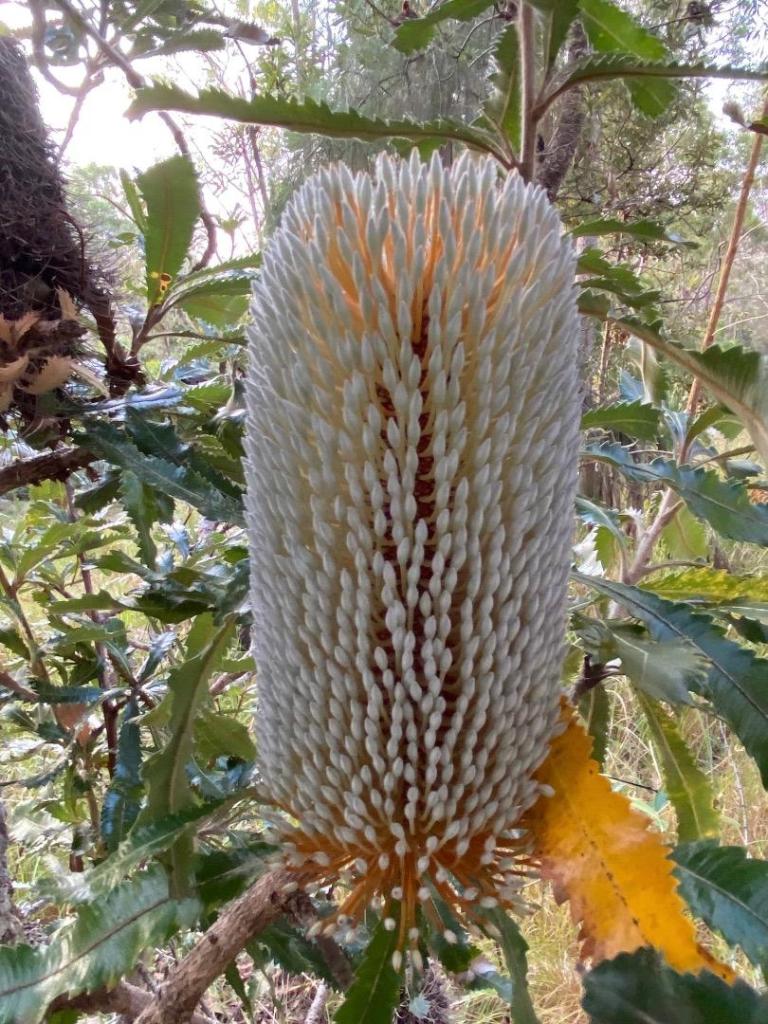
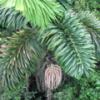

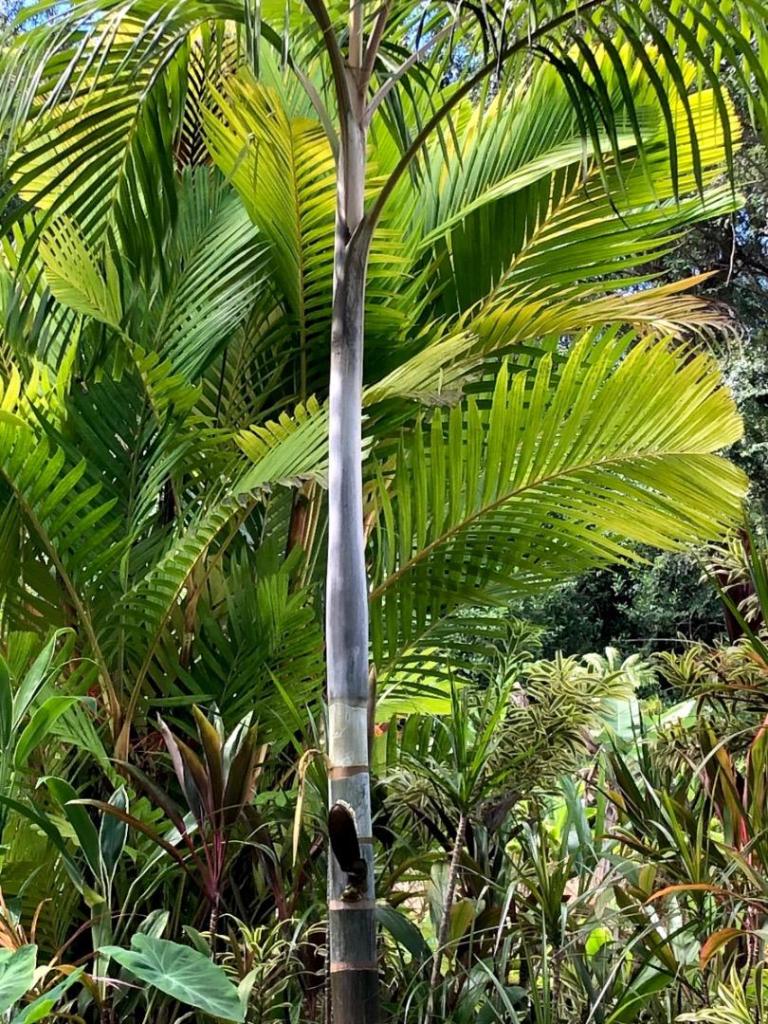

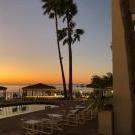
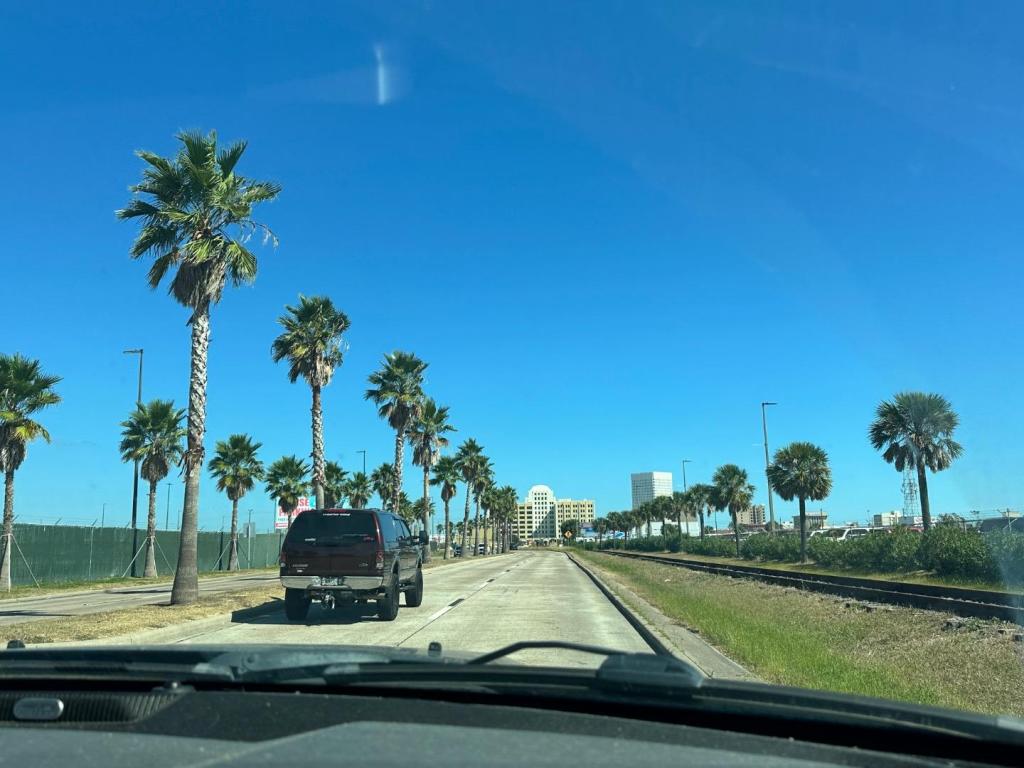


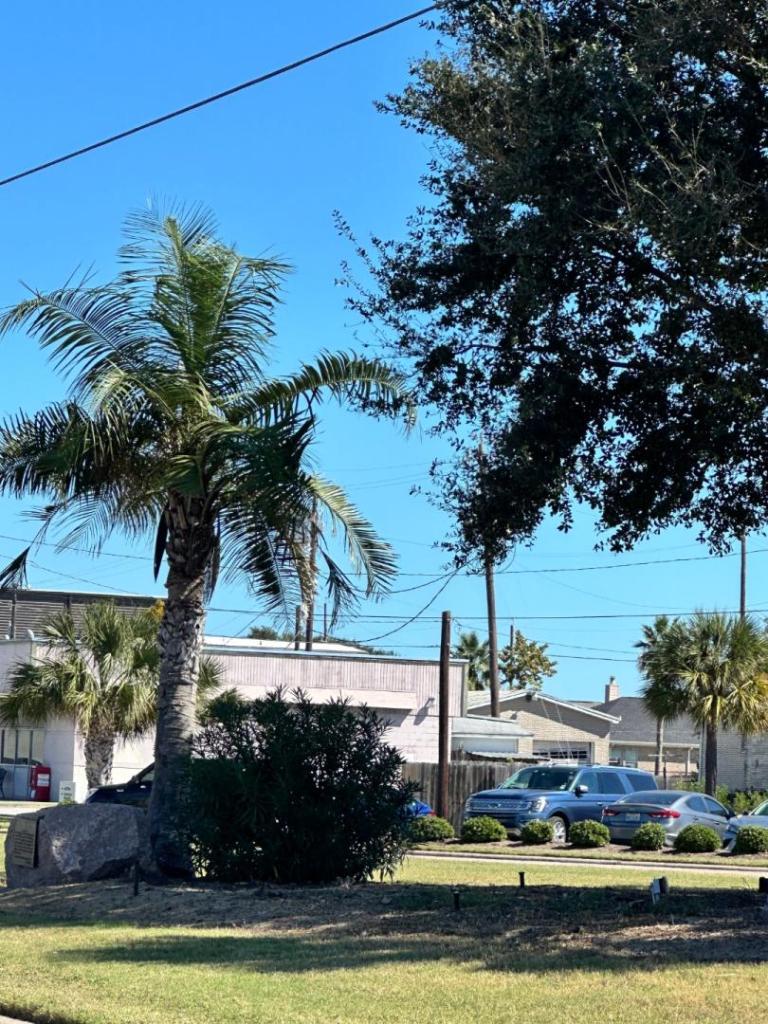
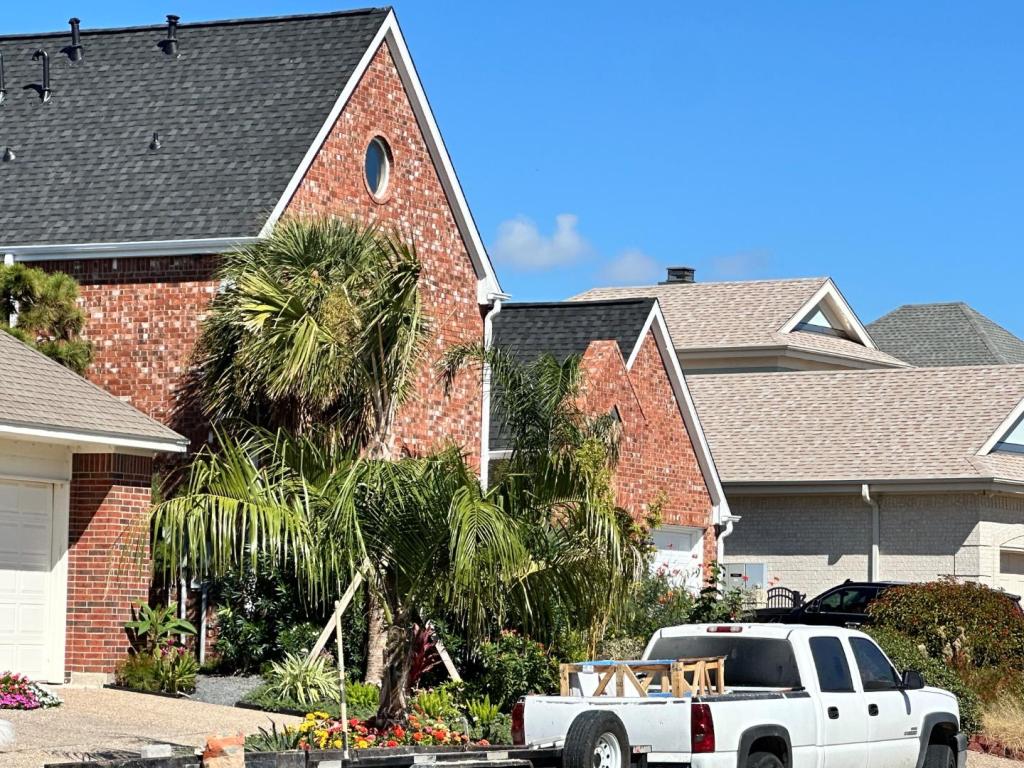
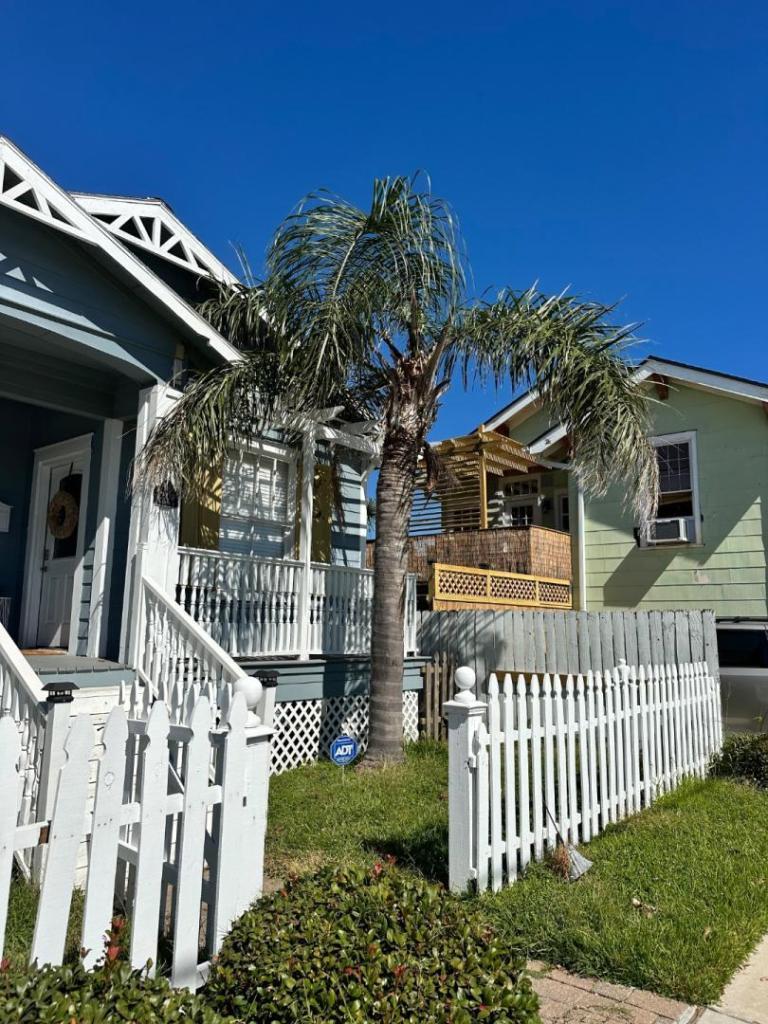
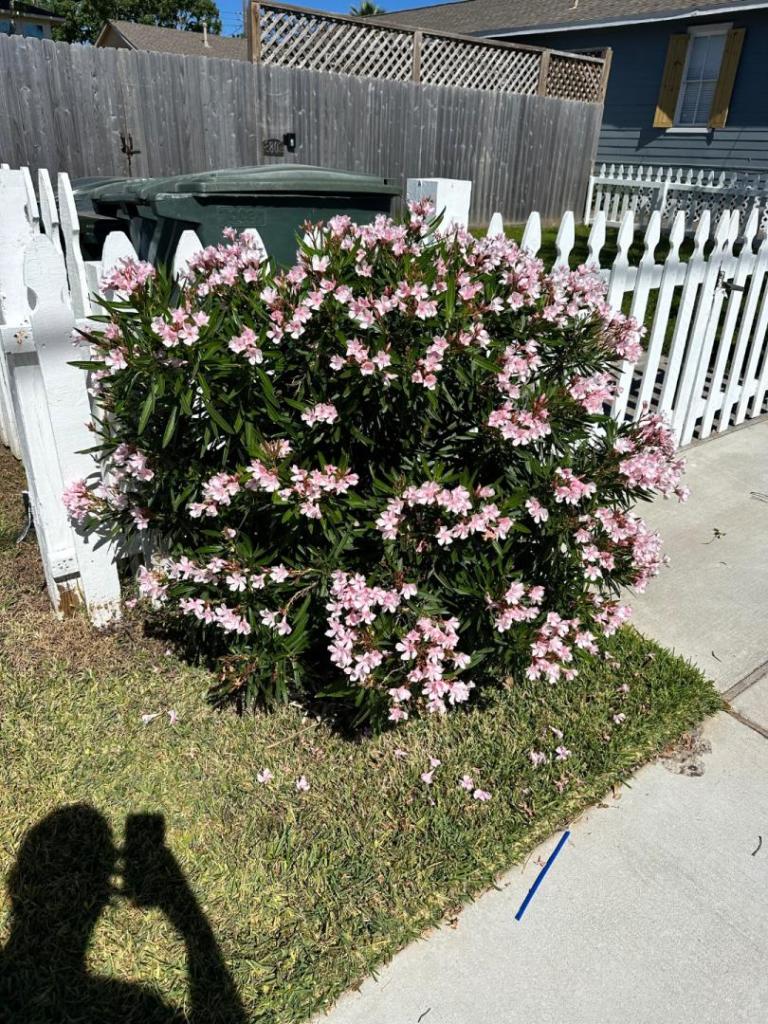

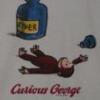

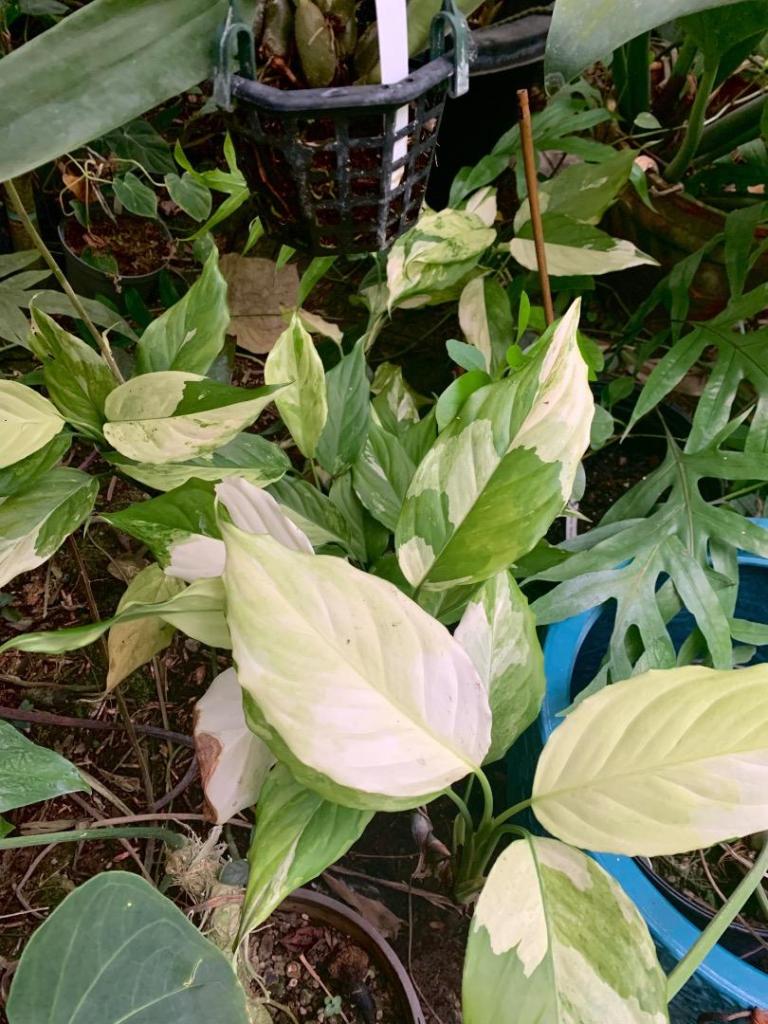

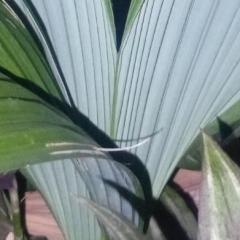




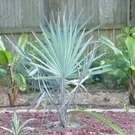

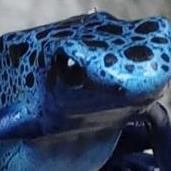
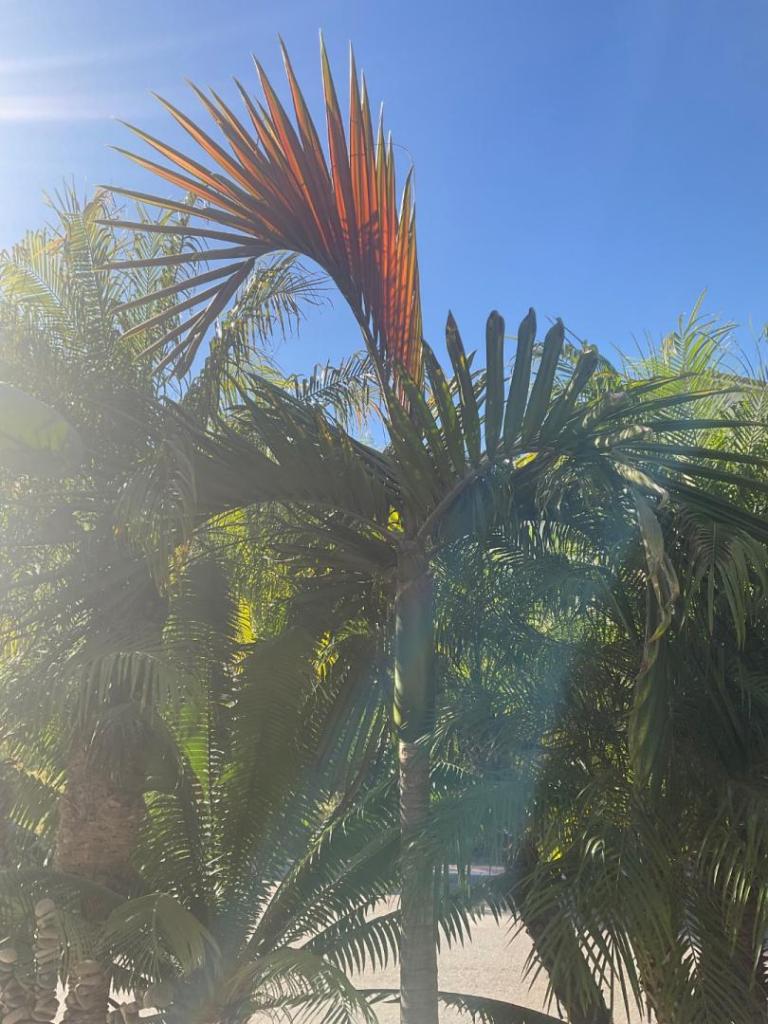
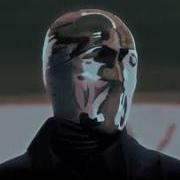
.thumb.jpg.304b32ca4398a111edf4ac525048111e.jpg)
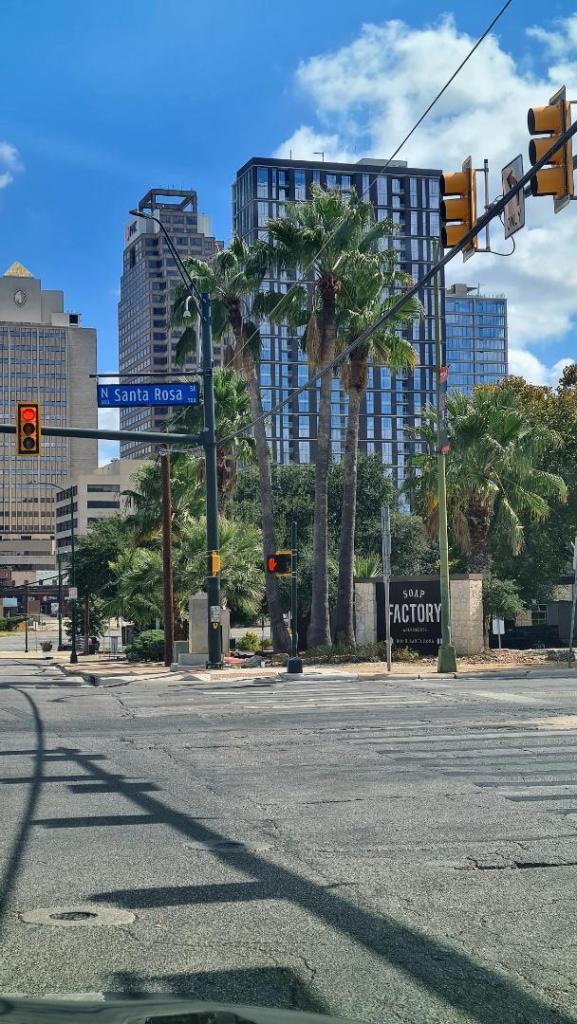








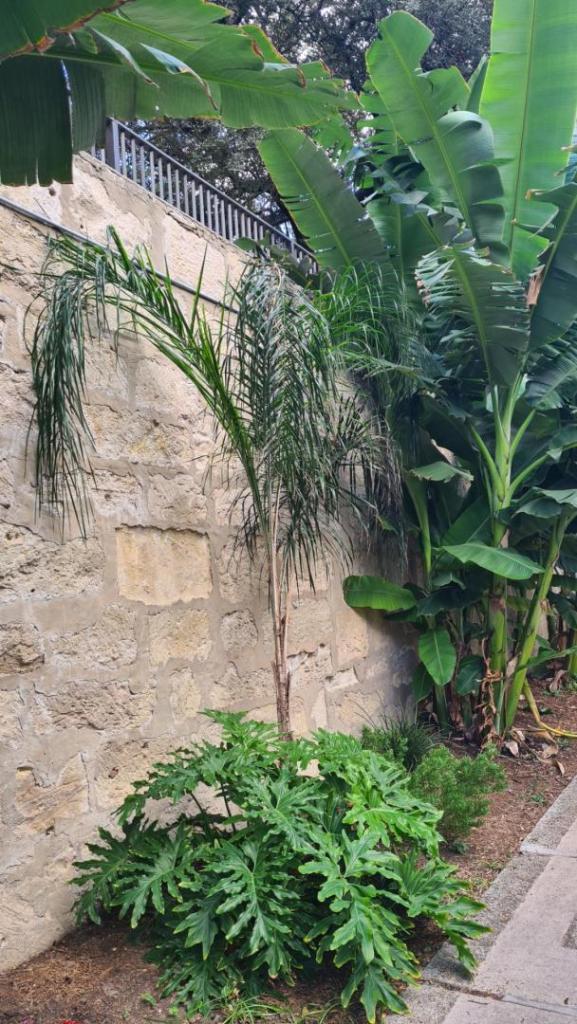










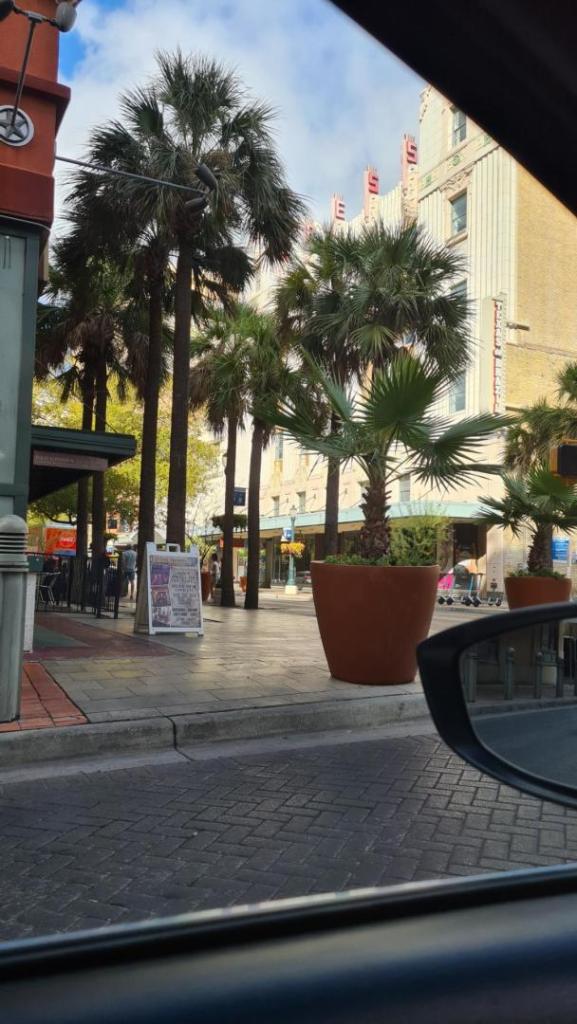










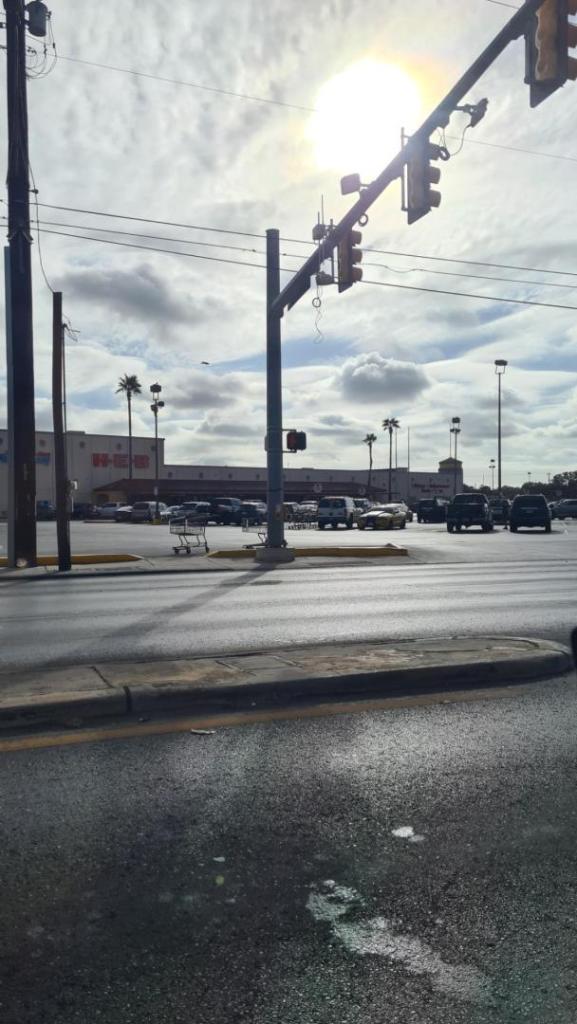











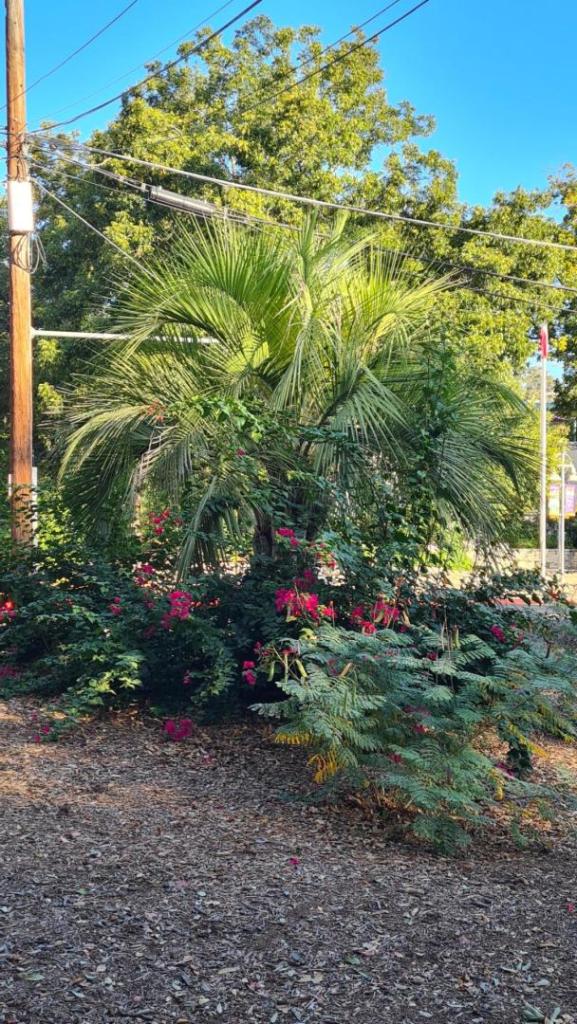





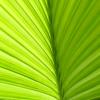
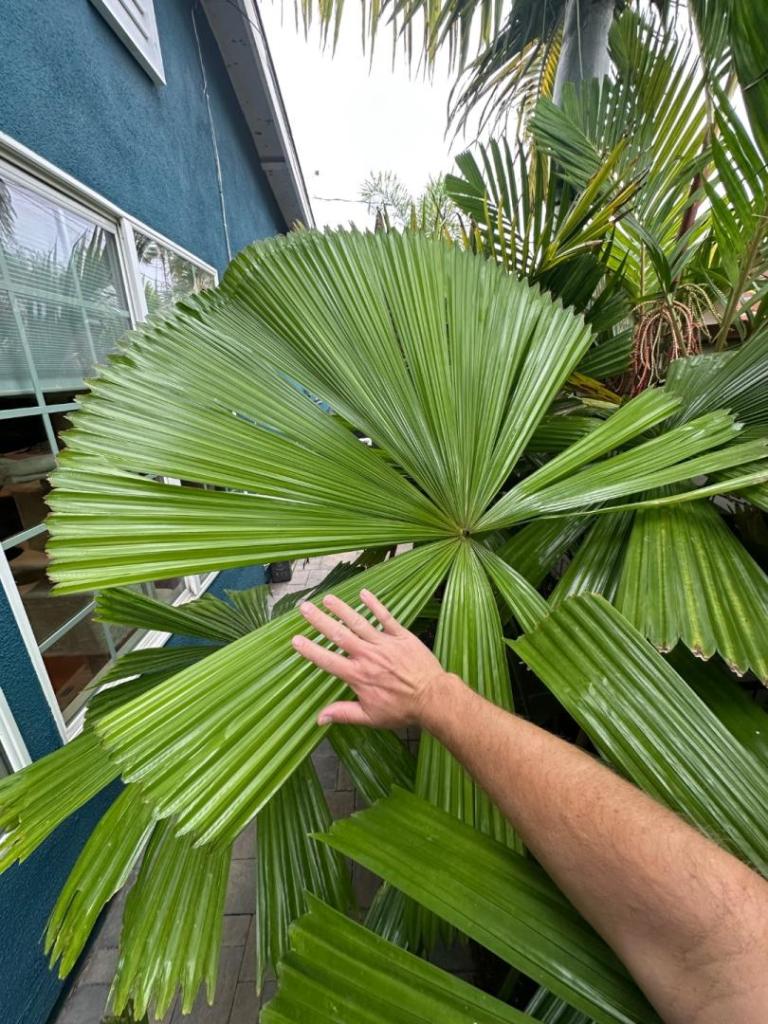

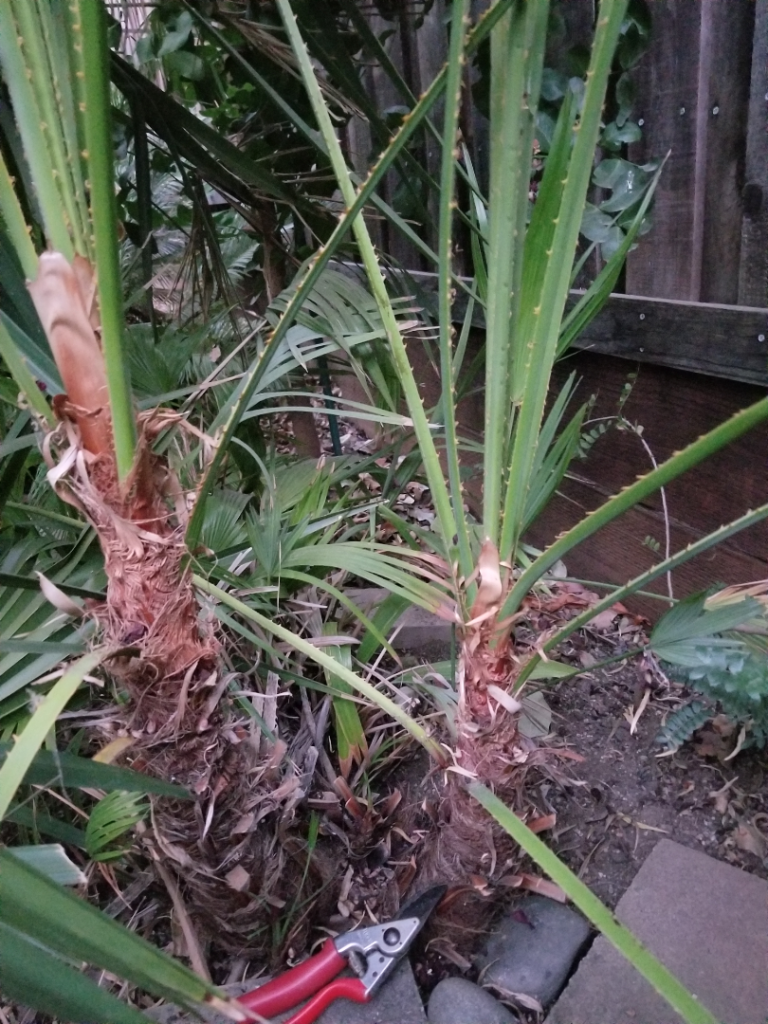
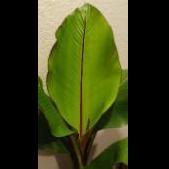
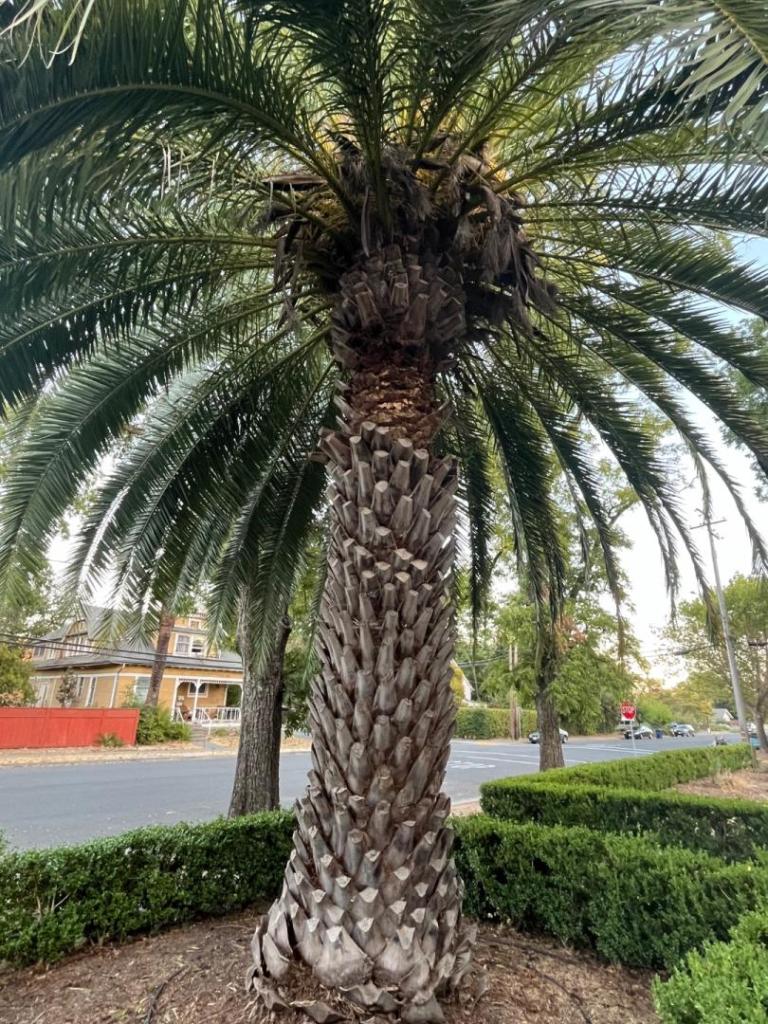

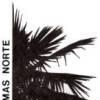




.thumb.jpg.b09c672f4bfc172294d94e38f2b6015d.jpg)


